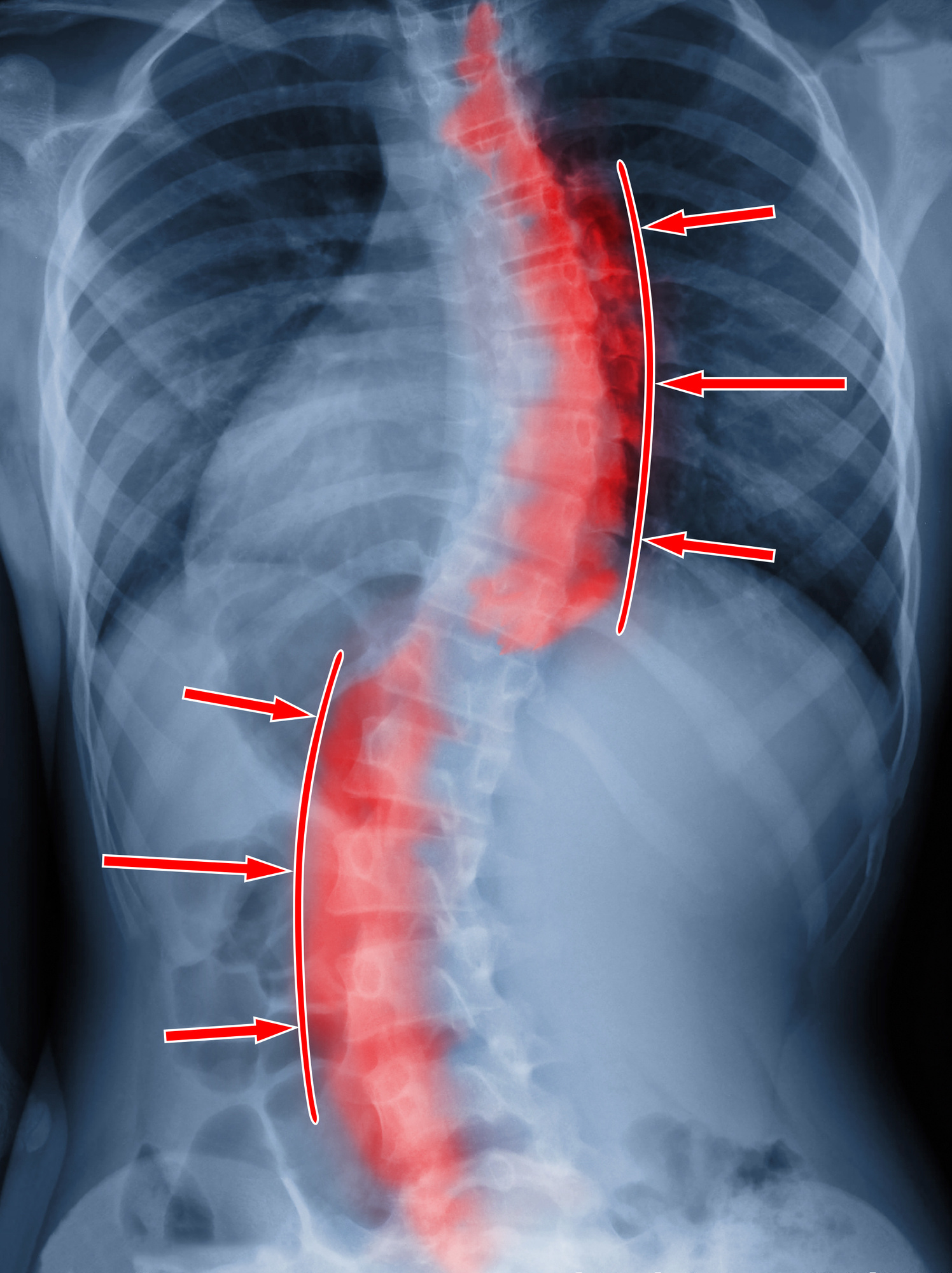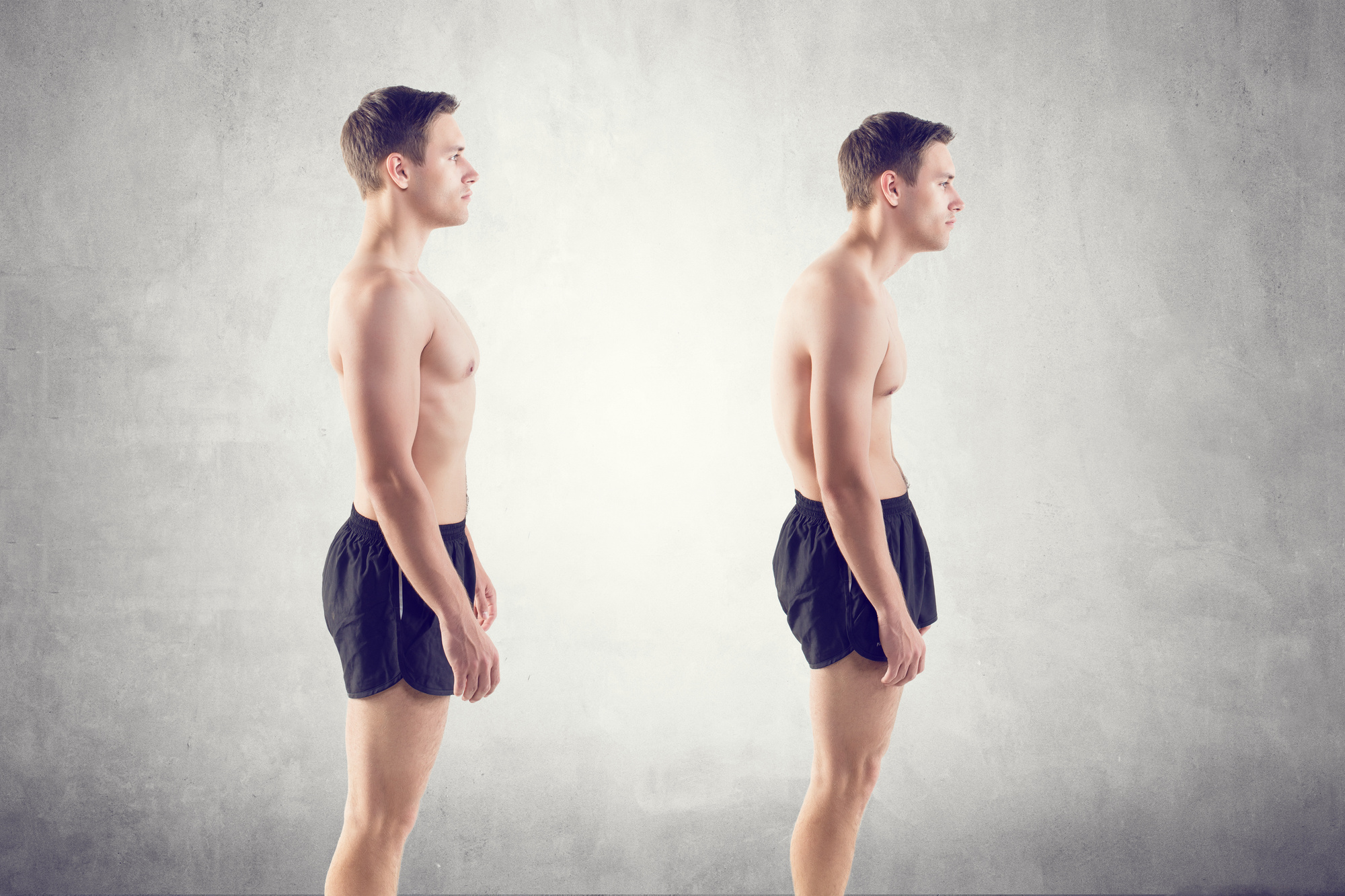5 Best Exercises for Scoliosis
Scoliosis is characterized by an S or C-shaped curve in your back and is often accompanied by a significant amount of pain. For most, scoliosis develops in childhood, but can also develop in your later years through injury, continuous muscle strain, or even failed surgery.
While surgery is the top choice for most people, there are some strategies you can use to improve the symptoms of scoliosis. One of the most important and successful strategies is exercising. By doing some simple exercise, your back may begin to realign and the symptoms of your scoliosis will decrease.
Read on to find out about 5 exercises for scoliosis, how to do them correctly, and how they can help your pain symptoms.
1. Upward and Downward Dog
Get into a prone plank position with your arms straight, and then push your hips back and up as far as possible. Hold this for 2 seconds, and then lower your hips down to the floor without causing discomfort. Make sure to do this exercise over 3 sets of about 5 to 10 reps.
Upward and Downward Dog are standard back stretching exercises. They allow for your spine to line up straight and can be useful in improving your posture. The movement between upward and downward dog allows for added flexibility.
If you feel discomfort or pain, you may be stretching the muscles in your back too much. Be sure to limit how far you push yourself when doing this exercise, especially when you first start.
2. Back Stretch
In terms of simplicity, this back stretch is the premium. All you really have to do is stand up straight with your arms stretched out in front of your chest. Once you do that, be sure to lace your fingers together as if you’re cracking your knuckles, and push out.
The simplicity of this exercise does not change how much it helps you. The key to this exercise is to hold it as much as possible without it causing you too much pain. This will also allow for your back muscles to extend further in order to balance out your posture and reduce the pain you feel.
3. Overhead Stretch
If you want to go back to your childhood days, the overhead stretch is a terrific way to do that. All you’ll need to do is sit legs crossed against a wall. When you do that, take a ball or rolled up towel and lift it slowly above your head. Be sure to keep your elbows up against the wall in order to keep your posture set.
The key to this stretch is working against gravity to make your muscles do the work. When your muscles get this workout done, the added resistance provided by gravity will make your muscles stronger as well as more flexible, in order to make the stretching easier and to make yourself feel better.
If you’re up for a challenge, add a small amount of weight to this workout. If you want to lift dumbbells or other weighted items, your muscles will grow stronger while also being more flexible. Be careful not to add too much, though, because your muscles may become too strained or you can risk additional injury to yourself.
4. Swimming
While most sports, especially contact sports, are strongly advised against when you have scoliosis, not all sports are out of line. Swimming, for example, can be a great activity for you to take on even with scoliosis. Whether you’re swimming for pleasure or looking to become the next Michael Phelps, it’s an amazing activity to pursue.
Swimming is a great sport that promotes flexibility throughout the entire body, but some strokes can target flexibility in your back. The backstroke, for example, makes it so that all your muscle movements are well balanced and everything is equally stretched out. On top of that, the near-weightless environment makes it so that your body is not susceptible to the dangers that impact exercises, like running, may have.
There are some dangers to too much swimming, though. If you suffer from thoracic scoliosis, swimming laps in the pool for hours on end can raise your risk of having your spine flatten, which will cause even more pain and long-term trouble in general.
If you’re a competitive person and are looking for a sport to do that will not cause you too much direct pain, swimming is one of many great exercises for scoliosis that has all-around health benefits, not just directly dealing with scoliosis.
5. Yoga
Yoga, and all of the stretching that goes with it, is a great way to deal with scoliosis pain. There are several yoga poses that will allow people with scoliosis to breathe more effectively, develop core strength, and make their back muscles more flexible so as to deal with the pain of scoliosis.
There are both good and bad stretches for people with scoliosis. Good stretches include the Mountain Pose, Tree Pose, and Cat Pose. These stretches all help with balance and posture while not pushing the back too hard.
Unfortunately, there are many stretches that can cause further damage to people with scoliosis. Stretches such as the shoulder stand or bending the rib cage can cause curves to worsen and add unnecessary strain to the back muscles, potentially making them weaker.
If you are looking to use yoga as a way to alleviate scoliosis pain, be careful about which stretches you do, and what muscle areas you are focusing on.
The Best Exercises for Scoliosis
If you are one of many people living with scoliosis, adding some basic exercises for scoliosis or stretching into your daily routine can make a big difference. It can reduce the pain you feel, improve your posture, and generally make your scoliosis more manageable.
If you believe that your scoliosis needs more help than just some simple exercises, you may want to check out our website. Our doctors can help refer you to an organized exercise program, or even corrective surgery when necessary.


